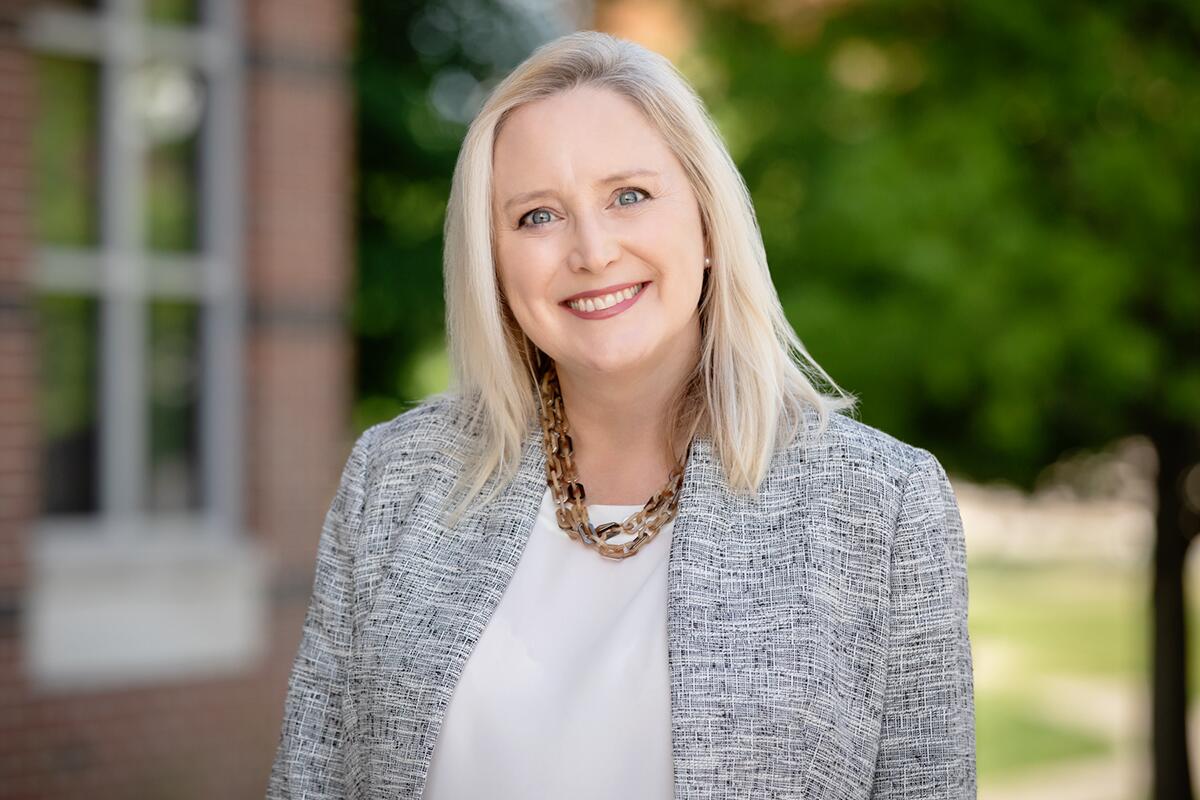Robert Wood Johnson Foundation supports look at nutrition subsidy inequities in family child care settings during COVID

URBANA, Ill. – The federally funded Child & Adult Care Food Program (CACFP) supports healthy development of young children, especially those in low-income families, by subsidizing nutritious meals and snacks in paid child care settings.
Along with child care centers, family child care providers (FCCs) are an important source of paid care for many low-income children in need of nutritional support. But unlike centers, FCCs do not always qualify for the highest CACFP meal reimbursements for all children in care, resulting in disparities in the amount of nutrition support available to children attending FCCs.
With support from a $250,000 grant from the Robert Wood Johnson Foundation, researchers from the Family Resiliency Center (FRC) in the College of Agricultural, Consumer and Environmental Sciences were already examining how policies for FCC participation in CACFP may have created inequitable access to nutrition support among young children attending FCCs. They were especially looking at how those inequities drive a rural/urban divide in access.
Then, the COVID-19 pandemic affected child care in the United States profoundly, in many cases, causing providers to close.
Brenda Koester, FRC associate director and co-principal investigator on the project, explains that while the pandemic created challenges in the initial study, a new supplemental $30,000 grant from the foundation will now allow the researchers to incorporate impacts of COVID-19 in their study to better inform policy in a post-pandemic world.
“Our major aim continues to be to assess and understand the drivers of rural-urban inequities in young children’s access to CACFP nutrition supports,” Koester says. “We hope to extend our research to ensure that the contributed knowledge appropriately informs policymaking during and after the pandemic.”
Specifically, the researchers note that some FCCs can access the higher reimbursement level for all children in their care without needing to document individual need for their own household or the households of the children in their care. These providers live in specified areas of concentrated poverty primarily found in urban areas. In contrast, FCCs outside of these “eligible areas” must demonstrate either their own low income or the low income of all the children in their care in order to access the maximum level of reimbursements.
The researchers also report that the location-based difference in the treatment of providers has the potential to create a disconnect between a child’s need for nutrition support – due to low family income – and the child’s access to such nutrition support. “Current program rules create circumstances in which children with greater need in more rural areas may have less access to food supports than children in more urban areas with the same or lesser needs,” Koester says.
During the pandemic in Illinois, FCCs, other than those providing care for essential workers, were required to close for over two months, from March 17 to May 29, 2020. The state of Illinois continued to provide Child Care Assistance Program (CCAP) funds to FCCs, even if they were not caring for children, in order to sustain businesses.
Upon providers reopening, the USDA issued several temporary waivers to core CACFP policies, including suspending some monitoring visits; flexibility in meal patterns; waiving the congregant-feeding requirement (which requires children be fed in a group setting); and allowing for parent/guardian meal pick-up. Several waivers are in effect and have been renewed several times.
Through the supplemental grant, the researchers will collect additional information about how many FCCs continued to provide CACFP nutrition support to the children in their care post-COVID and, of the FCCs which suspended or closed, which have reopened or will. Additionally, little is known about how FCCs will interact with the administrative sponsor agencies through which they must participate in order to receive CACFP benefits.
“We will talk to providers about their experiences with COVID in terms of CACFP,” Koester says. “Are these waivers helping? And is that sustainable? We also are looking at some of the unintended consequences of these waivers, both positive and negative.”
In addition to CACFP and CCAP data, the researchers will also use data from the Supplemental Nutrition Assistance Program (SNAP) and Temporary Assistance for Needy Families (TANF), at the provider and child levels, as indicators of need for nutrition supports. They will compare these indicators of need with the actual distribution of CACFP support around the state. Elizabeth Powers, co-PI from the U of I Department of Economics and FRC affiliate, notes, “the project provides a window on equity in the CACFP program that was heretofore unavailable.”
Through interviews with sponsor administrators, monitors, and FCCs, the team will identify policies and practices that contribute to geographical reimbursement inequities.
The Family Resiliency Center is housed in the Department of Human Development and Family Studies in the College of Agricultural, Consumer and Environmental Sciences at University of Illinois Urbana-Champaign.
Support for this research was provided in part by the Robert Wood Johnson Foundation. The views expressed here do not necessarily reflect the views of the Foundation.